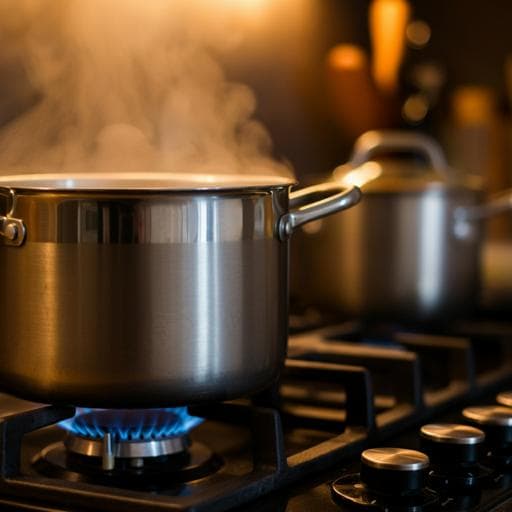
Environmental Studies and Forestry
Investigating aluminum cookpots as a source of lead exposure in Afghan refugee children resettled in the United States
K. M. Fellows, S. Samy, et al.
Research conducted by Katie M. Fellows, Shar Samy, Yoni Rodriguez, and Stephen G. Whittaker reveals a concerning source of lead exposure for Afghan refugee children resettled in Washington State. The study identifies aluminum cookpots as culprits with high lead content, highlighting the need for safer alternatives like stainless steel pots to protect vulnerable populations.
~3 min • Beginner • English
Related Publications
Explore these studies to deepen your understanding of the subject.







